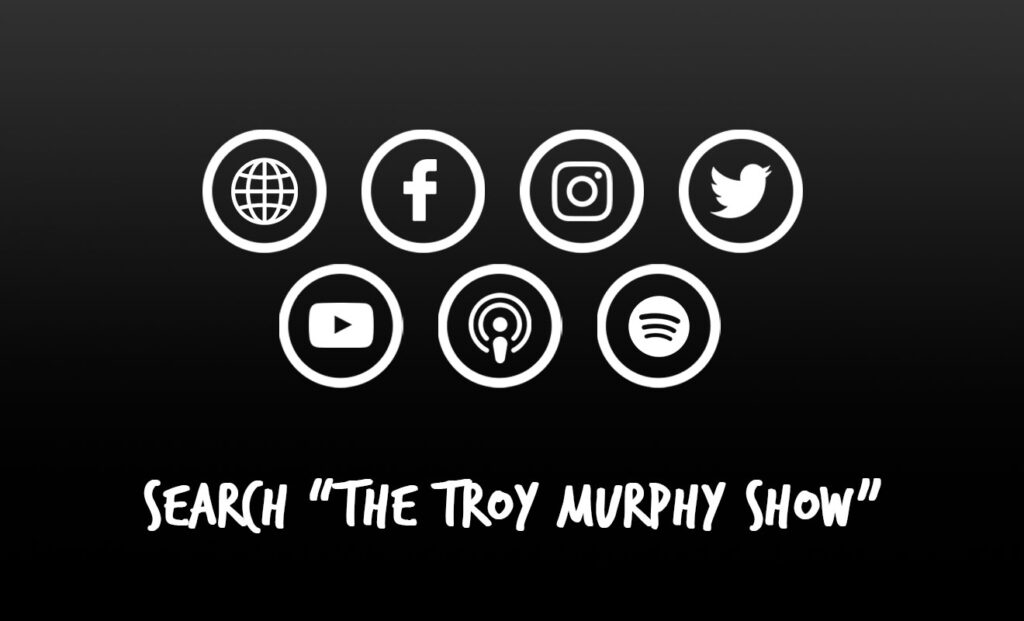
PODCAST
Explained: COVID-19 Pandemic Inquiry

The COVID-19 pandemic, caused by the SARS-CoV-2 virus, has had a profound global impact, with countries around the world grappling with its health and economic consequences. Australia was no exception. As a response to the pandemic and its implications, the Australian Government announced an inquiry into the nation’s handling and response to COVID-19.
The aim of this inquiry would be multifaceted. First, to understand the spread of the virus within the country, particularly its initial entry and the factors that may have influenced its spread. It would delve into the government’s actions, such as the decision to evacuate Australians from Wuhan and the surrounding Hubei province when the virus first emerged.
Moreover, the inquiry would aim to assess the epidemiological situation in Australia during the initial stages of the pandemic, looking at how and where the virus spread and the effectiveness of early interventions. The overarching goal would be to derive lessons for the future – understanding what worked well, what didn’t, and how the country can be better prepared for similar situations.
Beyond the direct health implications, the inquiry would also likely explore the economic and social ramifications of the pandemic. It’s recognised that COVID-19 has triggered one of the most severe economic crises since World War II. Understanding this impact, especially on various territories and levels of government within Australia, would be a key component of the inquiry.
Critical Analysis:
- The inquiry is essential for accountability and to ensure lessons are learned.
- It will provide insights into the effectiveness of government decisions and actions.
- There might be challenges in pinpointing responsibility given the unprecedented nature of the pandemic.
- An objective inquiry should focus on facts and avoid politicization to ensure credibility.
- Collaborative input from health experts, economists, and sociologists would provide a holistic understanding.
- Media representation and its influence on public perception should be a part of the inquiry, given its role in shaping opinions[8].
Criticism:
- The inquiry’s terms of reference do not have a specific focus on human rights impacts.
- The COVID-19 inquiry will exclude decisions and actions taken unilaterally by states and territories.
- There’s a perception that the public may have been misled or shortchanged regarding the scope and focus of the inquiry.
- The inquiry has not attracted bipartisan support.
- The government is under fire for not including investigations into state and territory responses in the inquiry.
🌐 Sources
- humanrights.gov.au – Human Rights Commissioner critical of COVID inquiry scope
- theguardian.com – Covid-19 inquiry will exclude state and territory decisions
- smh.com.au – The public has been dudded on a COVID-19 inquiry
- theaustralian.com.au – Criticism of Albanese’s Covid-19 inquiry grows
- sbs.com.au – What Australia’s COVID-19 inquiry will (and won’t) examine
- 9news.com.au – COVID-19 inquiry Australia: Government under fire
- health.gov.au – About Coronavirus (COVID-19)
- aph.gov.au – COVID-19: a chronology of Australian Government …
- wikipedia.org – COVID-19 pandemic in Australia
- ncbi.nlm.nih.gov – COVID-19 Down Under: Australia’s Initial Pandemic …
- oecd.org – The territorial impact of COVID-19: Managing the crisis …
- ncbi.nlm.nih.gov – The COVID‐19 pandemic in Australia
- oecd.org – The territorial impact of COVID-19: Managing the crisis and …
- frontiersin.org – How the Media Places Responsibility for the COVID-19 …






0 comments